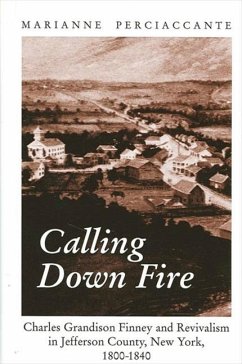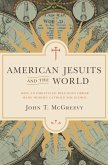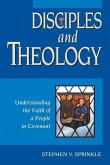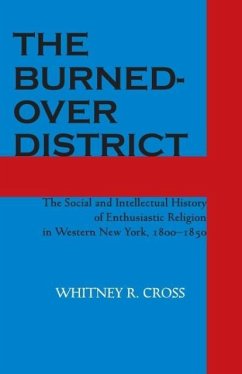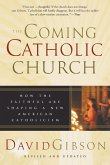Calling Down Fire examines the social and cultural influence of Jefferson County, New York, an isolated, agrarian setting, on the formation of Charles Grandison Finney's theology and revival methods. Finney, who later became president of Oberlin College, was arguably the most innovative and influential revivalist of the Second Great Awakening. He pioneered methods which were widely adopted and promoted a theology that emphasized the ability of evangelists to save souls and the importance of free will in the salvation process. Marianne Perciaccante follows the course of religious enthusiasm and the evolution of the reform impulse in Jefferson County following Finney's departure for more influential pulpits. When Finney began to preach in Jefferson County, he brought Baptist and Methodist piety to the Presbyterians of the northern section of the county. This pious fervor eventually was adopted widely by middle-class Presbyterians and Congregationalists and constituted an acceptance by elites of tempered, non-elite piety. Contrasting with scholarship that posits that the arrival of the Erie Canal encouraged newly displaced city residents to seek solace in revivals, this book argues that revivals cannot be considered atypical events which develop only in the midst of social dislocation. Jefferson County was distant from the Erie Canal and its citizens did not undergo great change as a result of it, yet the county developed a strong revival tradition. Perciaccante maintains that emotional fervor should be seen as a normal expression of piety for Baptists and Methodists, as well as for a number of other Protestants of the early-nineteenth-century northeast.
Hinweis: Dieser Artikel kann nur an eine deutsche Lieferadresse ausgeliefert werden.
Hinweis: Dieser Artikel kann nur an eine deutsche Lieferadresse ausgeliefert werden.

